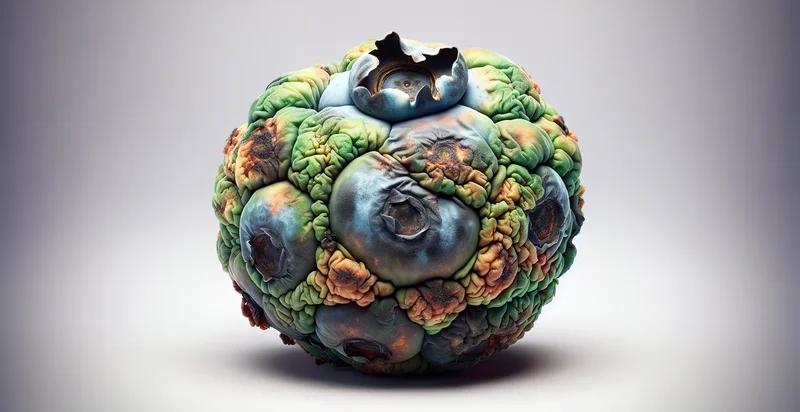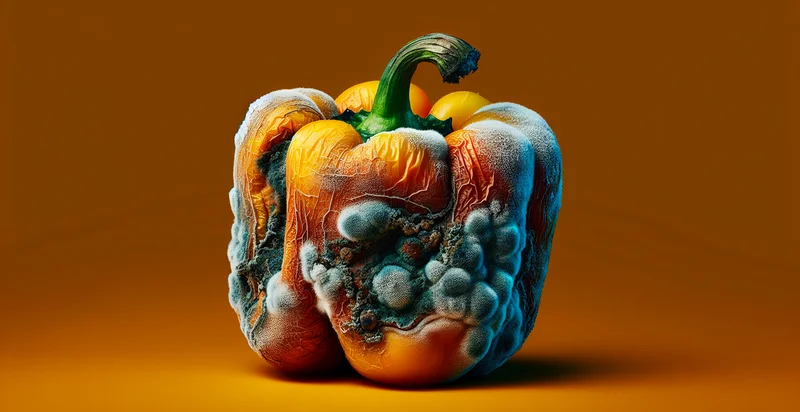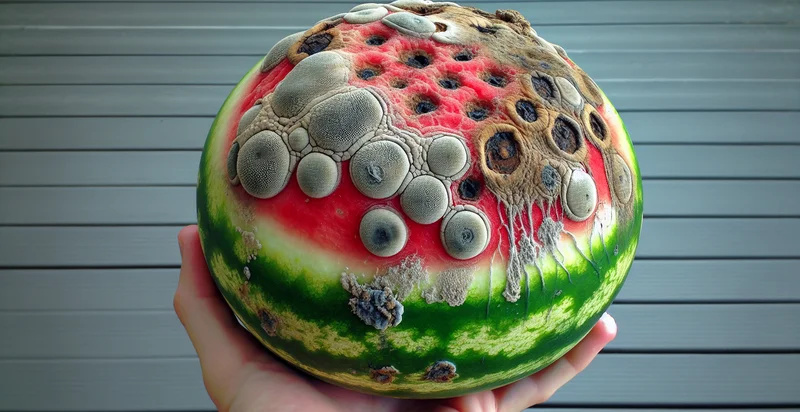Identify if blueberry is rotten
using AI
Below is a free classifier to identify if blueberry is rotten. Just upload your image, and our AI will predict if the blueberry is rotten - in just seconds.

Contact us for API access
Or, use Nyckel to build highly-accurate custom classifiers in just minutes. No PhD required.
Get started
import nyckel
credentials = nyckel.Credentials("YOUR_CLIENT_ID", "YOUR_CLIENT_SECRET")
nyckel.invoke("if-blueberry-is-rotten", "your_image_url", credentials)
fetch('https://www.nyckel.com/v1/functions/if-blueberry-is-rotten/invoke', {
method: 'POST',
headers: {
'Authorization': 'Bearer ' + 'YOUR_BEARER_TOKEN',
'Content-Type': 'application/json',
},
body: JSON.stringify(
{"data": "your_image_url"}
)
})
.then(response => response.json())
.then(data => console.log(data));
curl -X POST \
-H "Content-Type: application/json" \
-H "Authorization: Bearer YOUR_BEARER_TOKEN" \
-d '{"data": "your_image_url"}' \
https://www.nyckel.com/v1/functions/if-blueberry-is-rotten/invoke
How this classifier works
To start, upload your image. Our AI tool will then predict if the blueberry is rotten.
This pretrained image model uses a Nyckel-created dataset and has 2 labels, including Fresh Blueberry and Rotten Blueberry.
We'll also show a confidence score (the higher the number, the more confident the AI model is around if the blueberry is rotten).
Whether you're just curious or building if blueberry is rotten detection into your application, we hope our classifier proves helpful.
Related Classifiers
Need to identify if blueberry is rotten at scale?
Get API or Zapier access to this classifier for free. It's perfect for:
- Quality Control in Agriculture: This use case involves using the 'if blueberry is rotten' identifier in farms to monitor the quality of blueberries during the harvest. By automatically detecting rotten fruits, farmers can ensure that only high-quality blueberries are sent to market, minimizing waste and improving customer satisfaction.
- Supply Chain Management: Distributors can implement this classification function to assess the condition of blueberries during transit. By identifying rotten blueberries in real-time, managers can take proactive steps to prevent entire batches from spoiling, thereby optimizing inventory turnover and reducing losses.
- Retail Inventory Inspection: Grocery stores can use the identifier to routinely check the quality of blueberries displayed on shelves. This application helps staff quickly identify and remove spoiled products, maintaining store reputation and ensuring customers receive only fresh produce.
- Smart Home Devices for Consumers: Smart kitchen appliances equipped with this function could alert users when stored blueberries are beginning to rot. This feature adds convenience for consumers by helping them manage their groceries effectively and reduce food waste.
- Food Safety Compliance: Food processing companies can integrate the classification function into their quality assurance protocols. By ensuring that only fresh blueberries are used in products, businesses can comply with health regulations and enhance the safety and quality of their offerings.
- E-commerce Quality Assurance: Online grocery retailers can leverage this identifier to assess the blueberries’ condition before shipping orders to customers. This use case can enhance trust and satisfaction by ensuring that perishable items reach customers in optimal condition, potentially reducing return rates.
- Agricultural Research and Development: Researchers studying blueberry cultivation can utilize this function to analyze factors leading to rot in blueberries. By understanding the triggers and conditions for spoilage, they can develop better agricultural practices to extend the shelf life of fresh produce.


